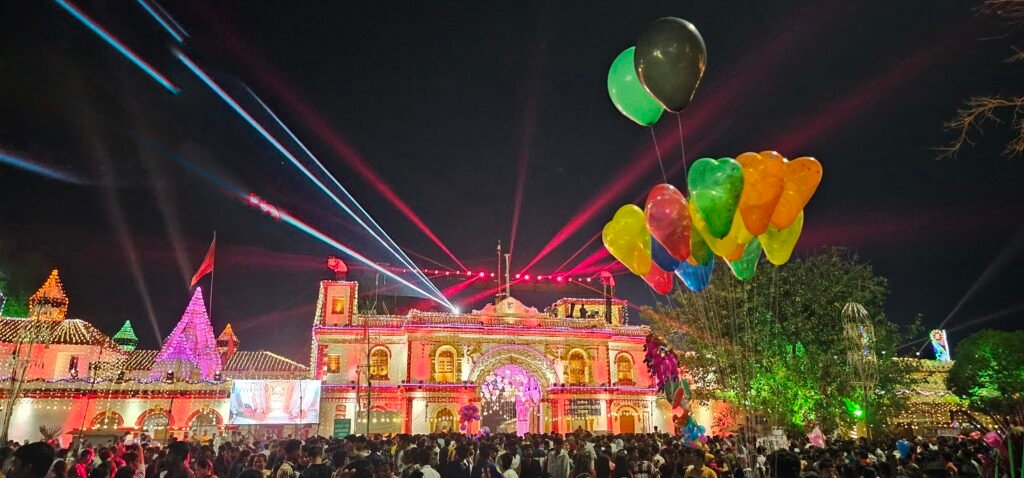What Is Bastar Dussehra? The Untold Story Behind India’s Longest Festival
When we hear the word Dussehra, most of us picture the burning effigy of Ravana, fireworks, and grand theatrical performances celebrating the victory of Lord Rama over evil. But in Bastar — a tribal region in southern Chhattisgarh — Dussehra means something entirely different.
Here, Dussehra has nothing to do with Ramayana.
Instead, it is a 75-day festival dedicated to Goddess Danteshwari, the tribal mother goddess and protector of Bastar. The festival is a symbol of gratitude, spiritual surrender, tribal unity, and ancient rituals passed down through generations — untouched by mainstream traditions.
The Origin of Bastar Dussehra
Legend says that over 500 years ago, the kings of Bastar initiated this unique form of Dussehra to honor their kuldevi (family goddess), Danteshwari Mata, whose temple stands in Jagdalpur and is one of the 52 Shakti Peethas of India.
The festival blends tribal spirituality, forest belief systems, and royal traditions. It’s not just a celebration — it’s an offering of the kingdom itself to the goddess. For 75 days, the royal family, tribal heads (known as Devgudi leaders), and thousands of devotees take part in rituals involving wooden chariots, animal sacrifices, sacred walks through forests, and summoning of deities from nearby villages.
What Makes It Unique
No Ravana, No Rama: Unlike the rest of India, this Dussehra does not involve any epic war stories. It is solely centered around the goddess and forest spirits.
75 Days Long: It begins on the new moon of Shravan (August/September) and ends on Dussehra day, making it the longest festival in India.
Tribal Involvement: Each ritual, from Kachan Gadi (sacred throne ritual) to the Rath Yatra (chariot procession), involves various tribal communities who bring offerings and take part in spiritual ceremonies.
The Ritual of Jogi Bithai: A tribal priest sits in meditation for 9 days without speaking or eating, symbolizing deep spiritual connection with the goddess.
Why It’s a Must-Experience
Bastar Dussehra is not a show — it’s a living tradition.
It’s about devotion without cameras, rituals without explanations, and a connection to nature that runs deeper than words.
You don’t visit Bastar Dussehra to “see” it — you visit to feel it.
When tribal drums beat under moonlit skies, when forest deities arrive in decorated palanquins, and when hundreds silently pull the goddess’s wooden rath, you realize: this isn’t a performance.
It’s a rhythm. A pulse. A sacred inheritance.
